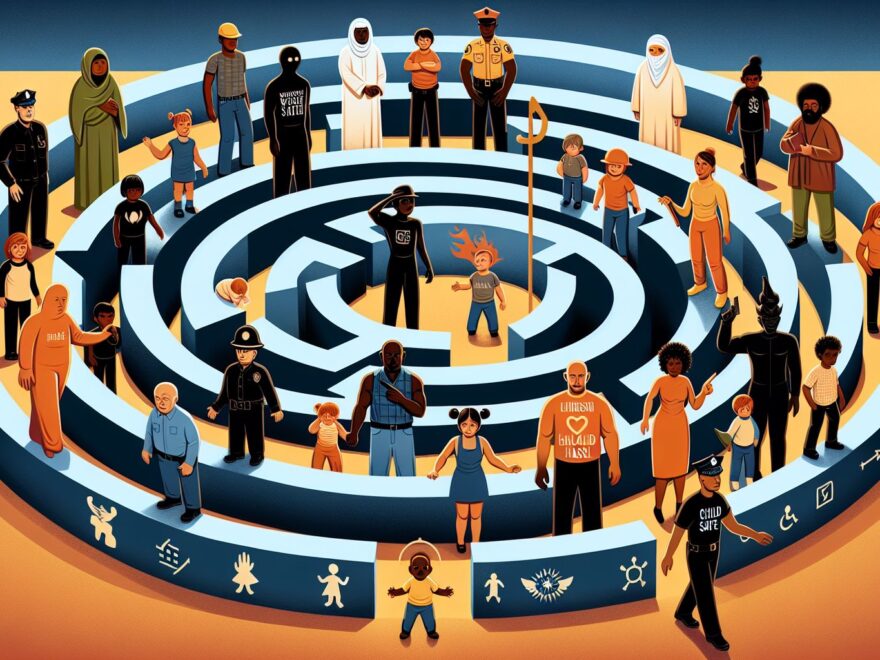Child safety has become an increasingly complex issue in today’s ever-evolving society. With advancements in technology, changes in social norms, and the vast number of environments children now navigate, parents and guardians are often left wondering how best to keep their young ones secure. The concern for child safety is not new, but the multi-faceted landscapes of the digital and real worlds demand fresh approaches to ensure that children grow up protected and knowledgeable about the risks they face. This introductory exploration lays the groundwork for vigilant parenting in the 21st century and the means by which we can shield the youngest members of our society from harm.
The Real-World Environments: From Playground to Public Spaces
One of the primary spheres where child safety is essential is in the physical environments that children frequent. Whether it’a playground, a school, or a public library, several strategies can drastically reduce risk:
- Supervision and Awareness: While it’s important to allow children some freedom to explore and socialize, adult supervision remains key. Keeping a watchful eye on young ones, especially in crowded or unfamiliar places, can thwart potential dangers.
- Child Safety Education: Teaching children the basics about not talking to strangers, understanding traffic rules, and recognizing unsafe situations equips them with the knowledge to protect themselves when adult supervision isn’t around.
- Safety Gear: Equip children with the proper safety gear for activities such as bicycling or skateboarding. Helmets, knee pads, and wrist guards can prevent or reduce injury.
 Navigating Digital Territories Safely
Navigating Digital Territories Safely
As children of all ages are increasingly online for education, social interaction, and entertainment, the internet becomes a significant focus for safety measures. The virtual terrain can be trickier to navigate due to its often invisible boundaries and hidden dangers.
- Monitor and Set Boundaries: Utilize parental controls to monitor your child’s online activity and set clear boundaries about what websites and social platforms are appropriate. Discuss with your children the importance of these rules and the reason behind them.
- Education on Digital Citizenship: Teach children about online etiquette, privacy, and the implications of their digital footprint. Make sure they understand what personal information should never be shared online and the concept of digital strangers.
- Open Communication: Foster an atmosphere where children feel comfortable discussing their online experiences. This openness encourages them to report anything unusual or uncomfortable they encounter online.
The Latest in Child Safety Tools
Fortunately, technology can also be a powerful ally in promoting child safety. There are various tools and resources that parents can employ:
- Location Tracking Devices: Products like GPS watches and smartphone apps can help keep tabs on a child’s location, adding an additional layer of security when they’re not directly under your gaze.
- Safety Apps: There are a multitude of apps designed to teach children safety lessons we can learn through interactive games and storytelling targeted at different age groups.
- Online Safety Courses: Offered by various organizations, these courses help children learn about internet safety in an engaging and age-appropriate way.
In concluding, the pursuit of ensuring child safety in this multifaceted world may seem daunting at first glance. However, with a combination of vigilance in physical spaces, a solid foundation in digital safety education, and the use of technological tools, we can create layers of protection for our children. By adopting a proactive stance and remaining informed about the latest resources and strategies, we can navigate the maze of modern child safety with confidence, empowering our children to do the same as they grow and explore the world both online and off.

